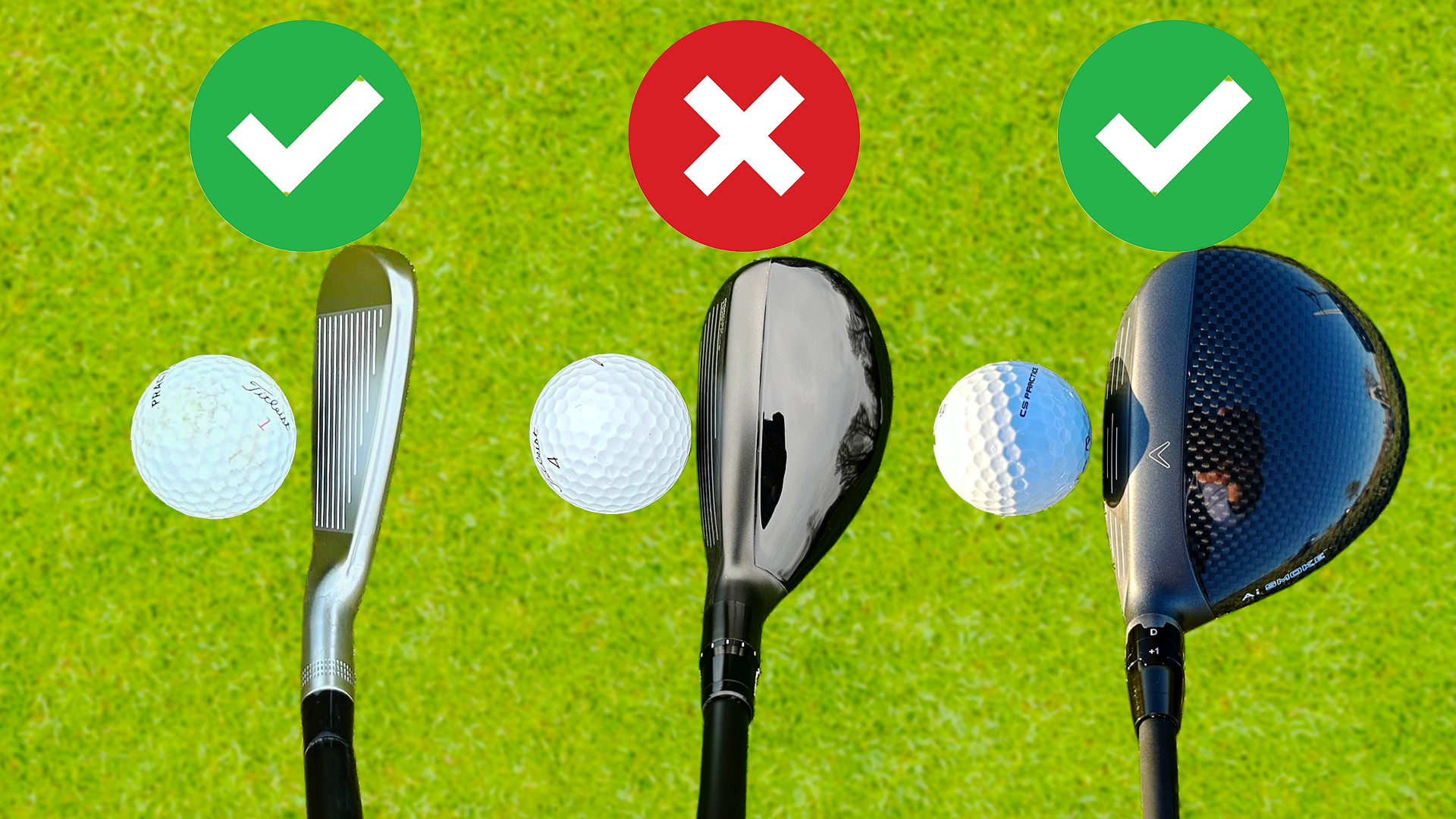
There have been some memorable performances with hybrid clubs in the men’s professional game over the years. I can still see Todd Hamilton navigating the links of Royal Troon with his Sonartec hybrid en route to winning the 2004 Open Championship, and who could forget Y.E. Yang taking down the great Tiger Woods at the 2009 PGA Championship with seemingly a bag full of them!
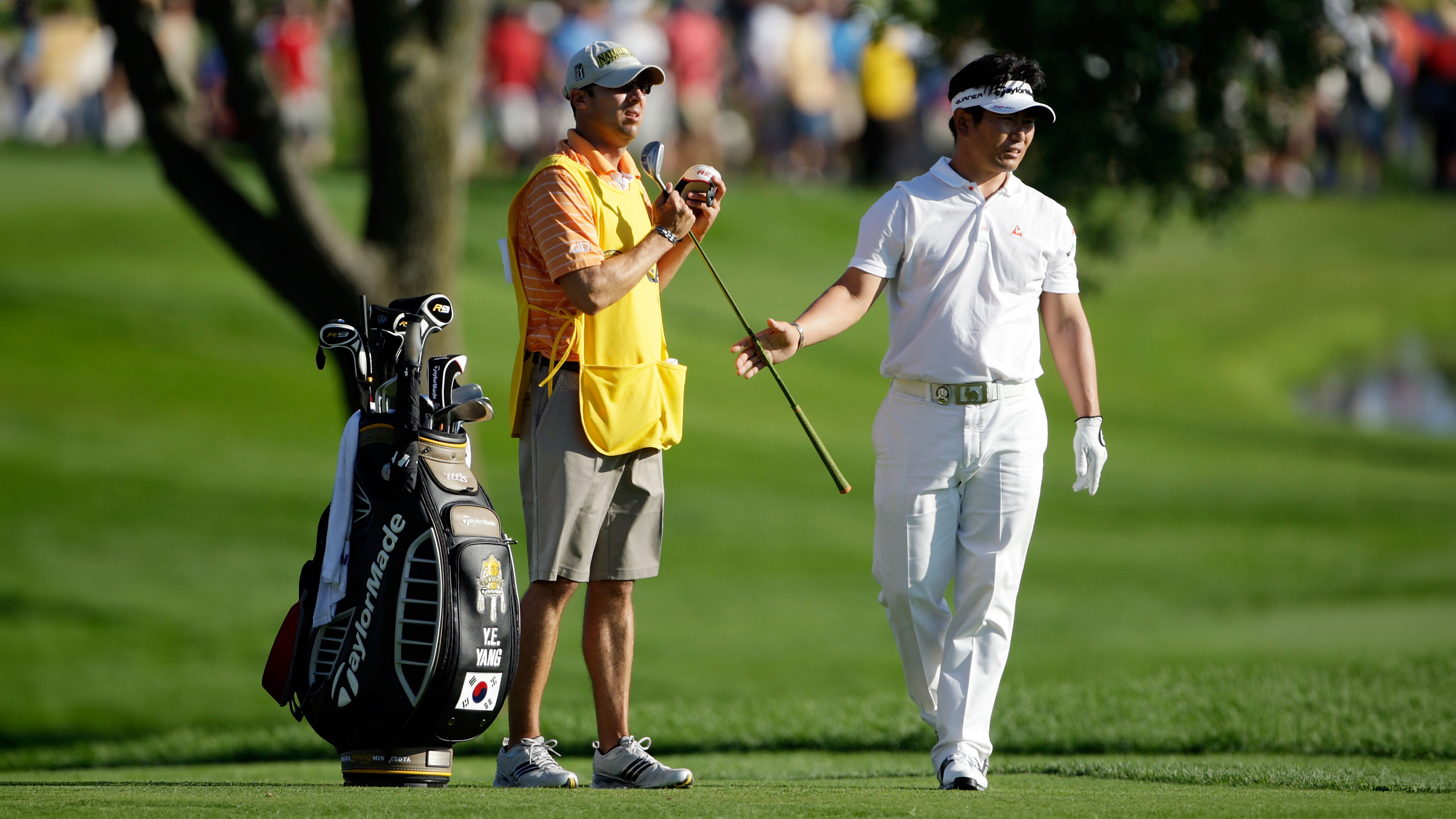
Looking through equipment lists on the PGA and DP World Tours lately, however, it seems that even the best golf hybrid clubs are struggling to find a place in the bag of many of the world's best male players. For context, it might surprise you to know that not a single player in the top ten of the OWGR (Official Golf World Rankings) regularly (if at all) uses a hybrid golf club. Xander Schauffele is the closest of that top ten to do so, using the Callaway Apex UW on occasion, which is marketed as somewhat of a blend between a fairway wood and hybrid, although to my mind based on the hosel diameter, CG location, and length specs, it is to all intents and purposes a fairway wood.
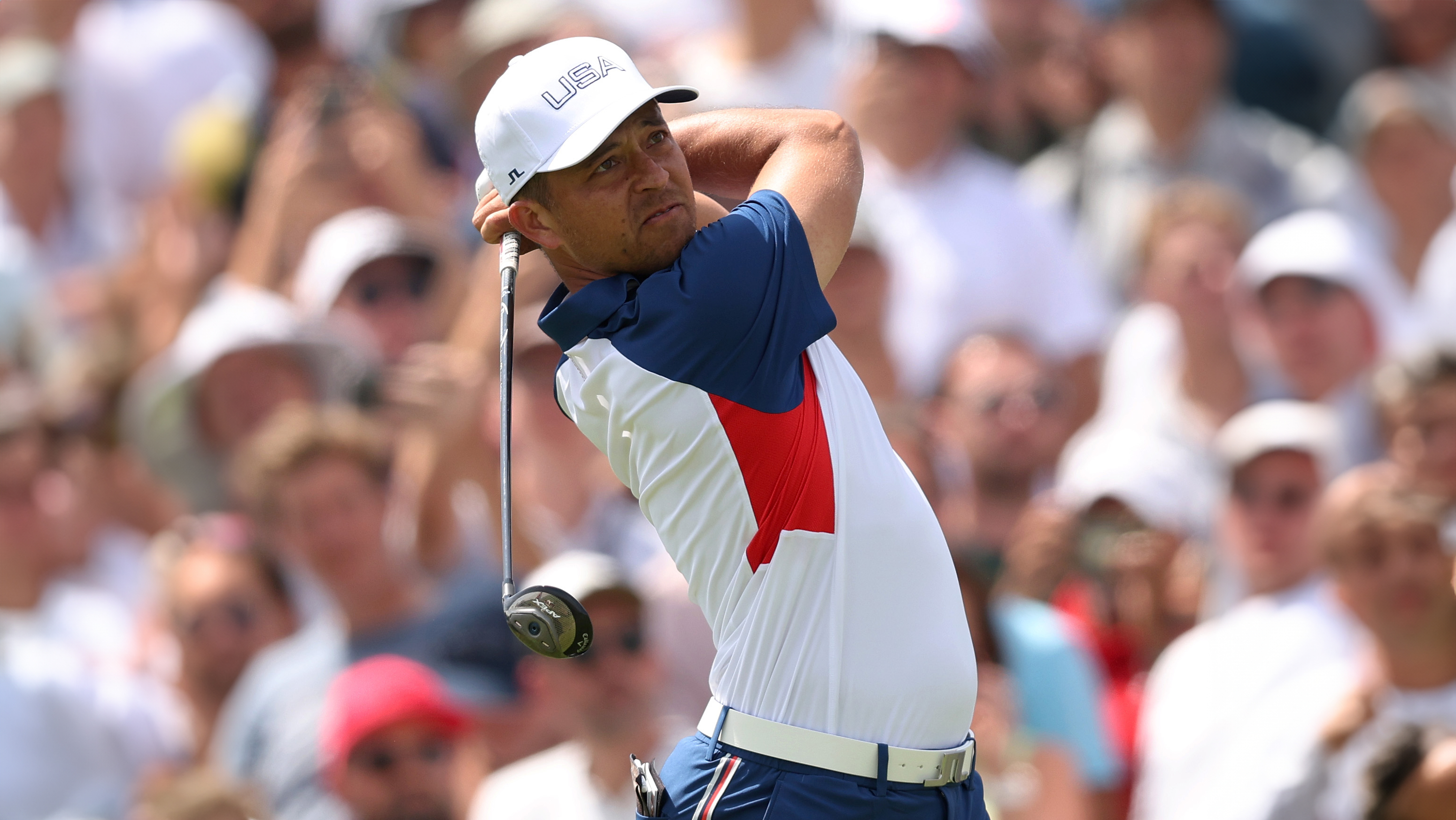
When you spread that search to the Top 25, we do see a hybrid presence of sorts but that only equates to five hybrid clubs in play, and when you consider every one of those 25 players is permitted 14 clubs, 5 out of 350 clubs isn’t exactly a great return.
Only Tom Kim (Titleist TSR3), Russell Henley (Titleist TSi2), Bob MacIntyre (TaylorMade Stealth2), Aaron Rai (Titleist TSR2), and Sungjae Im (Titleist H2 818) are flying the flag for the hybrid brigade currently in that world's top 25.
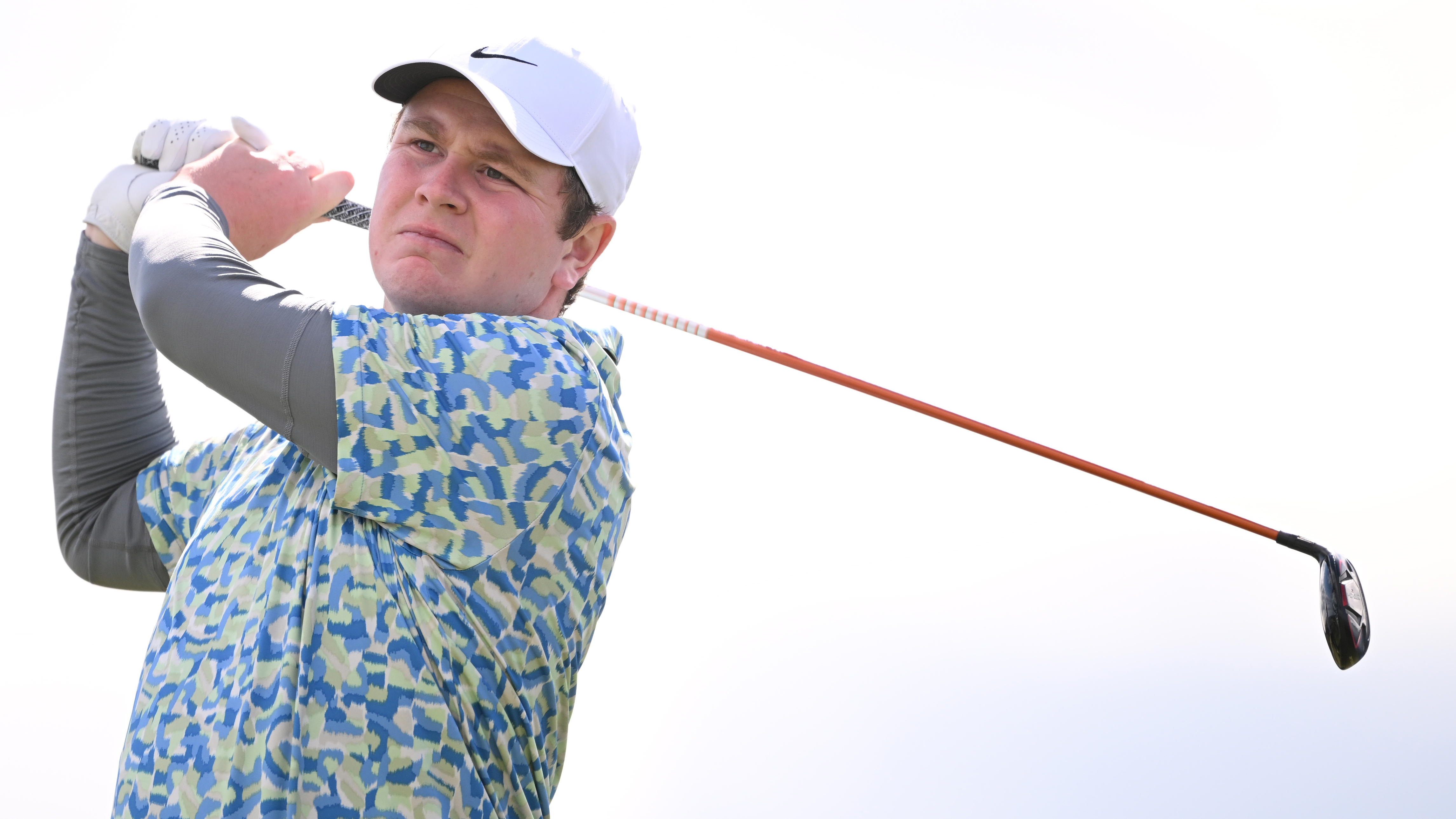
Historically at PGA Tour events, we would regularly see hybrid numbers well into the hundreds in the club count, but in 2024, it has been a surprise if that number surpasses 30 in a given week, but why is that? Well, the answer is not necessarily clear but based on my discussions with tour technicians and players alike, I do have a hunch.
Even at the height of their popularity, hybrid clubs were not without their issues. Many high-speed players complained of a persistent and destructive left miss (for right-handed players) which was subsequently addressed by many manufacturers through horizontally manipulating CG (Center of Gravity) locations, creating a slightly more neutral position. However, I believe the popularity (or lack of) issue still lies in the murky world of CG.
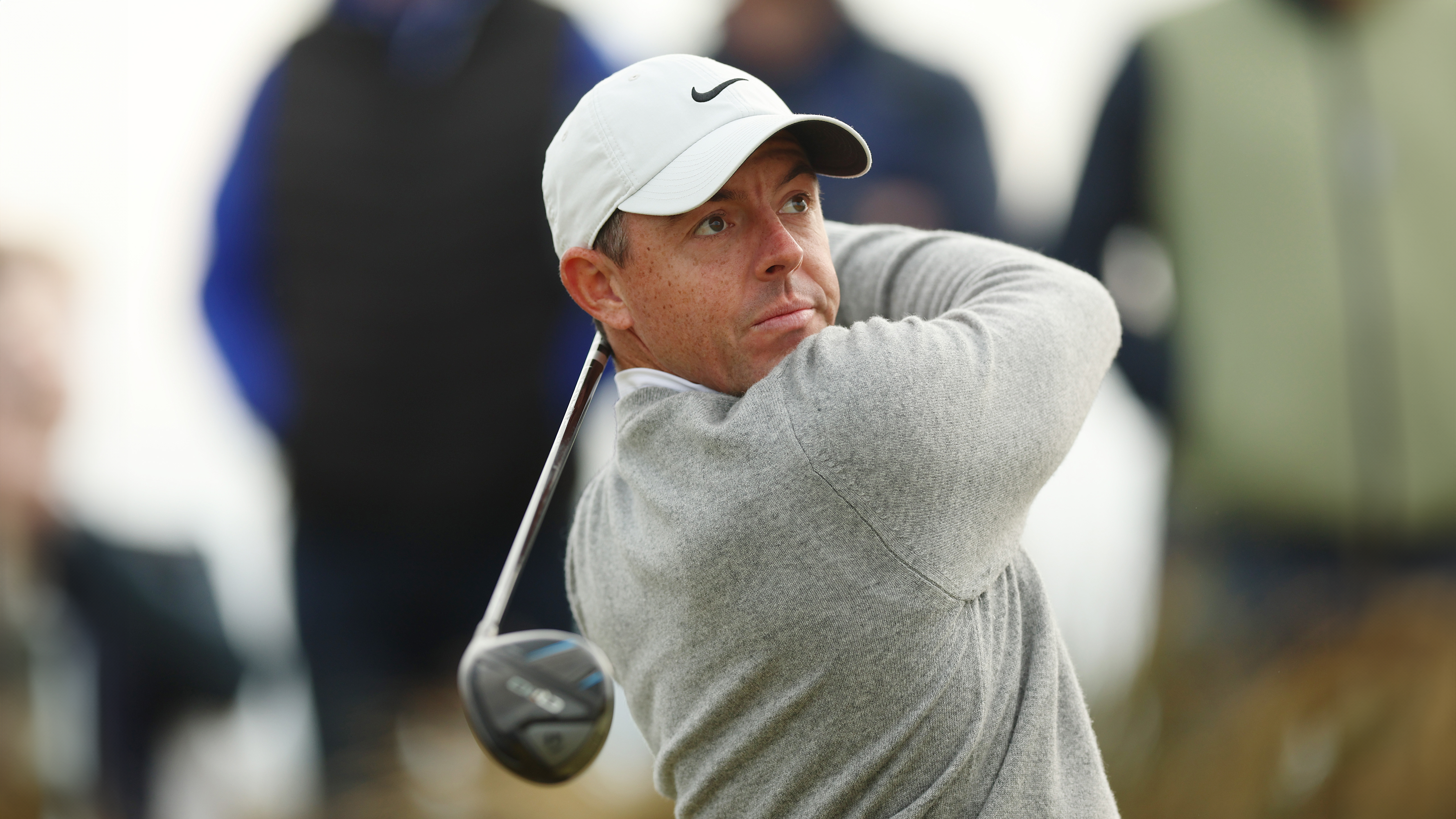
Many of my colleagues have heard me describe CG as a stabilizing mechanism before. For example, if you stood bolt upright and I pushed you two-handed in the chest, it would be relatively easy to destabilize you and knock you off balance. However, if we did the same thing but you extended your trail leg back behind you (thus shifting your CG back), you would be a much more stable proposition, and that is what I see when comparing hybrids and fairway woods.
Essentially, due to the shallower front-to-back design, the hybrid CG is so much closer to the face making them comparable to the feet together example, while due to the larger front-to-back footprint, the 5, 7, and 9 woods of the world metaphorically have their trail leg behind them, making them significantly more stable at impact and less volatile than hybrids. It's likely why we've seen countless examples of 7-woods and 9-woods being put in play by some top players instead of their hybrid equivalents.
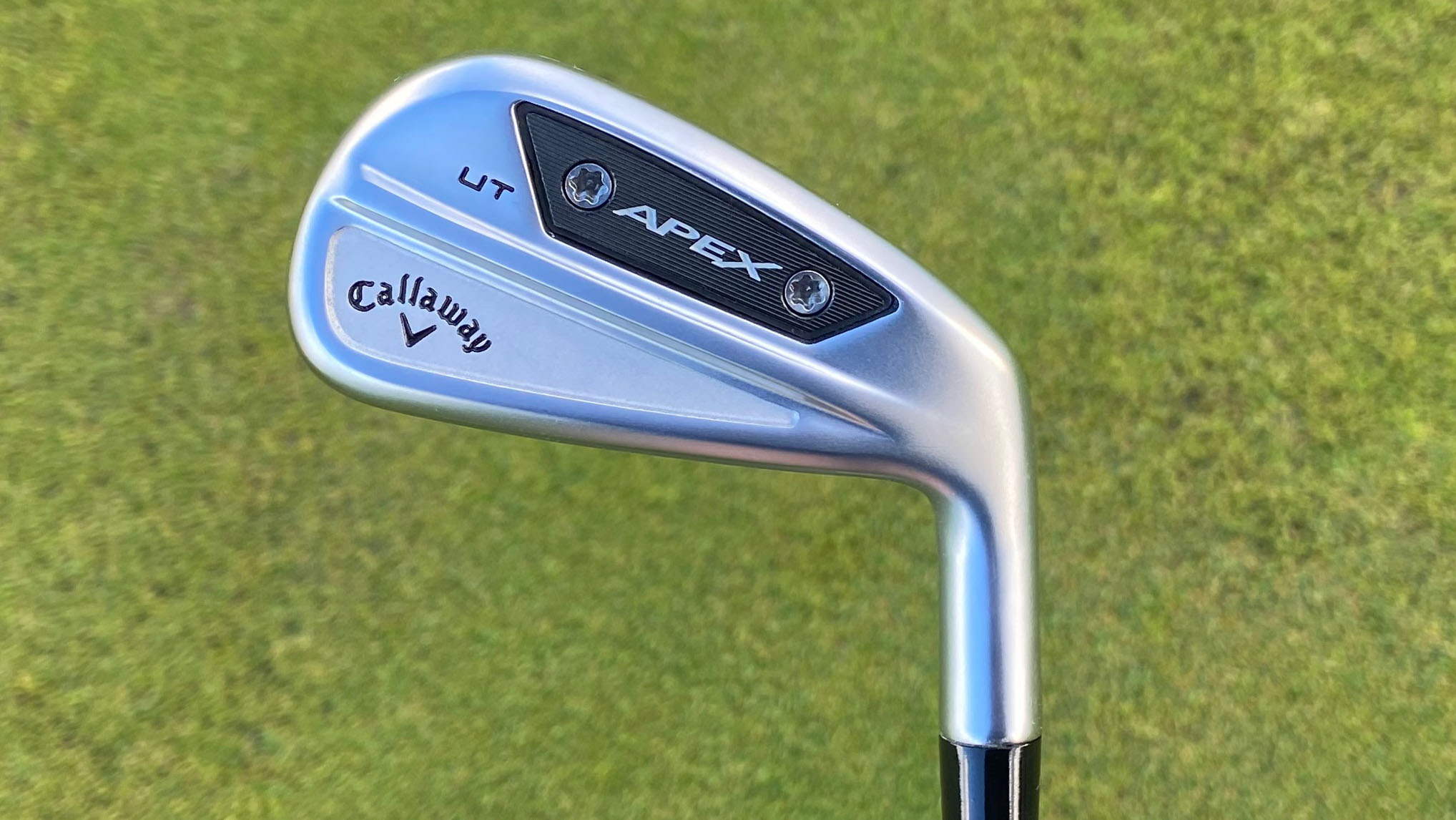
The obvious decline in the popularity of the hybrid may also in part be down to the emergence of the ‘utility iron’ over the past few years. Around 2014, a number of manufacturers started to release specialist ‘driving iron’ style clubs as hotter, long iron replacements, such as the TaylorMade UDI and the Titleist T-MB. Over the subsequent decade, these clubs have been improved and fine-tuned in terms of CG and as such launch, to provide a very similar offering in terms of performance to a hybrid, but in a more compact and workable profile. As such, to my mind - and seemingly the mind of the top male professionals in the world - there is a good case to suggest that there is not only one but two more attractive options in that area of the bag.
However, when you flip over to the Women’s World Rankings, you will currently only find Australia's Hannah Green out of the world's top ten, not regularly (even Green occasionally puts a Ping G425 hybrid in the bag) using at least one hybrid club, with many opting for as many as three hybrids in the bag.
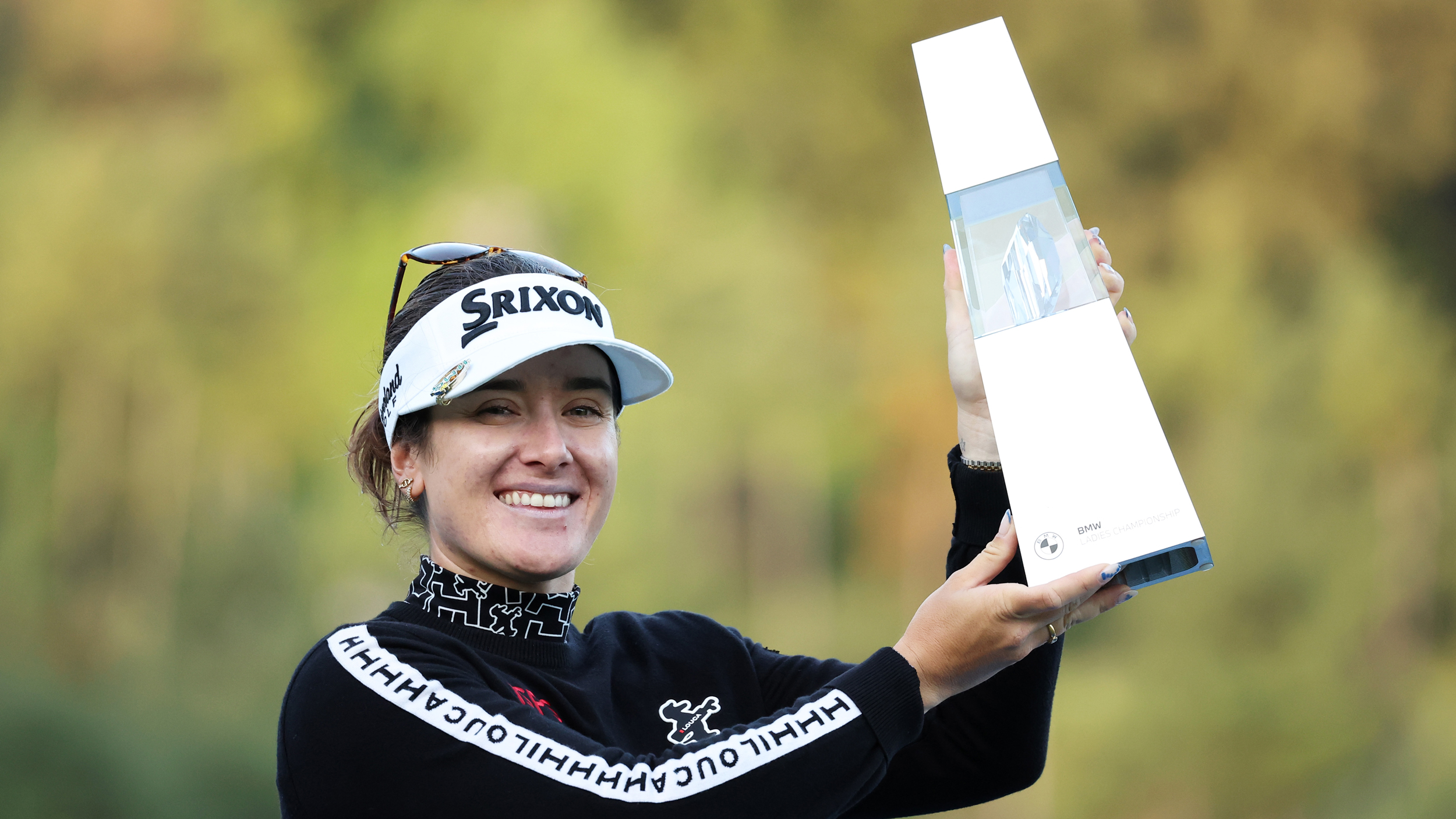
So why would that be? The LPGA Tour players are also the best of the best, right? Well, the simple answer is speed. 2023 data from Trackman shows significant differences in clubhead speed between the PGA and LPGA Tours with the average PGA Tour driver speed recorded as 115 mph, while on the LPGA Tour, it drops to 96 mph. The same is true as we move down the bag into the irons with PGA Tour average 7-iron speeds clocking in at 92 mph, while the LPGA average drops to 78 mph.
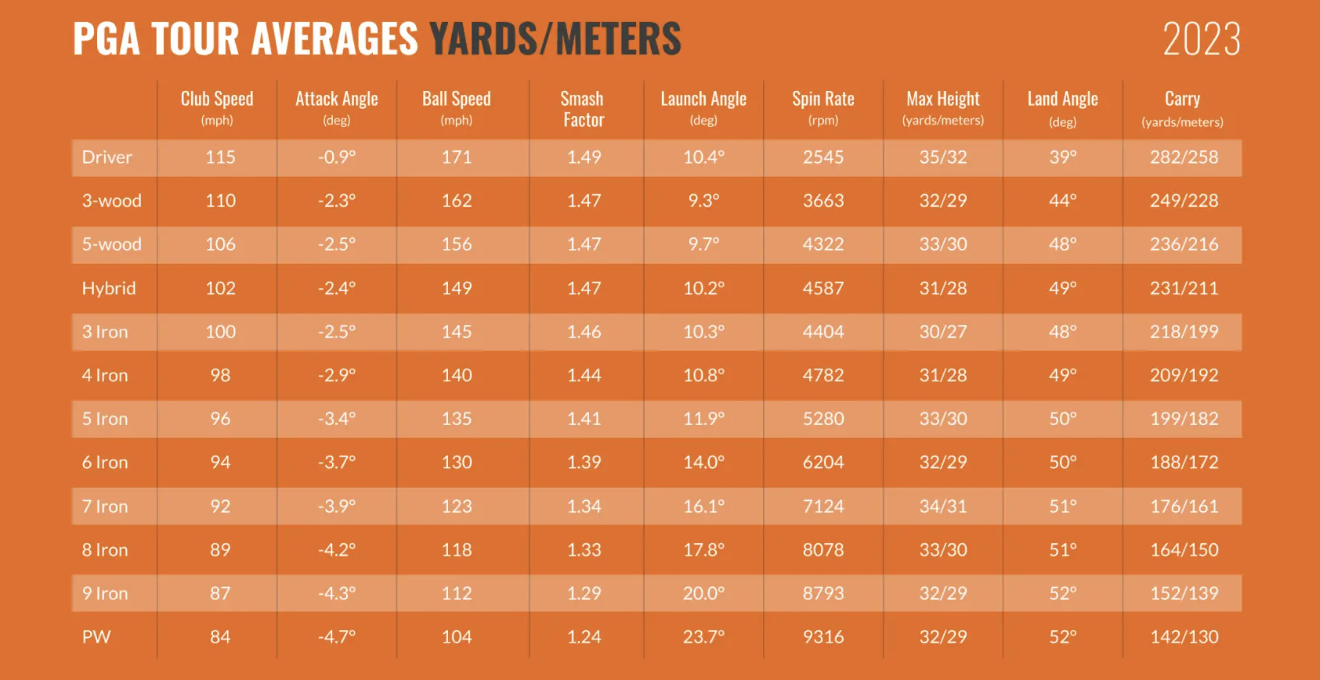
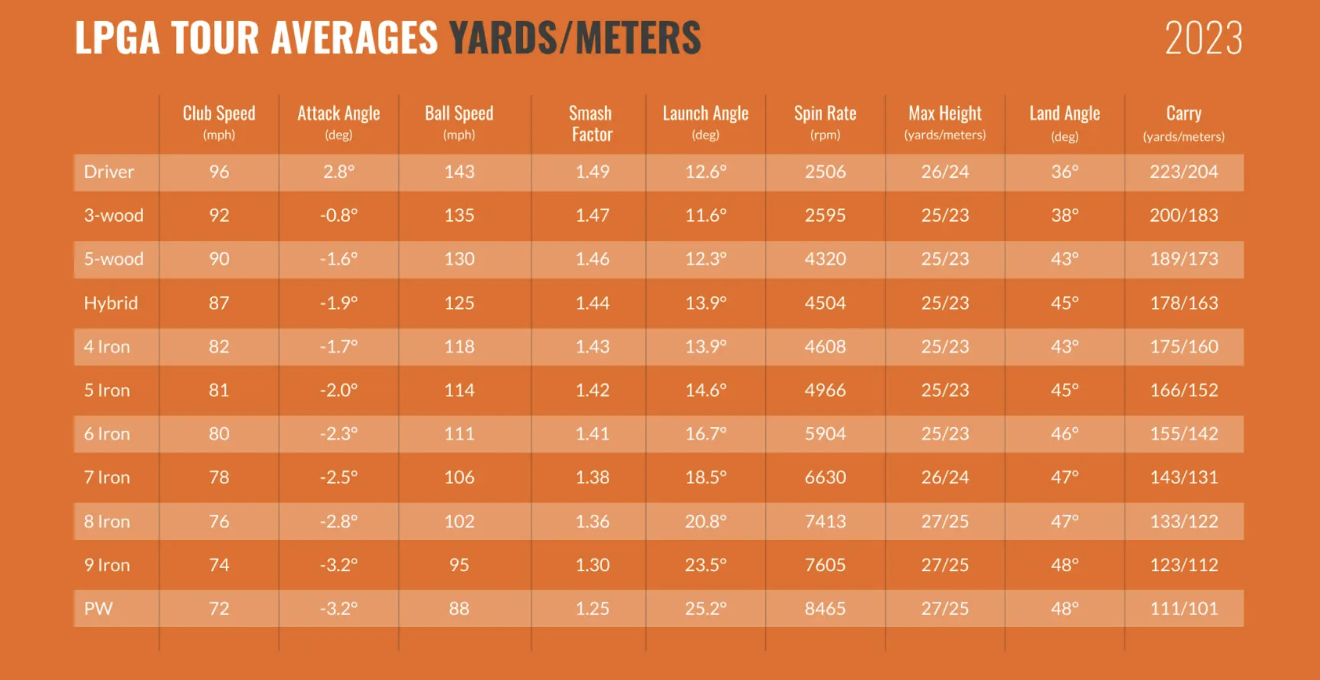
This difference manifests itself in two ways. Firstly, as speed drops, it becomes increasingly difficult to produce the required launch in longer irons such as 3, 4, and even 5 irons, so many female players are wisely substituting in hybrid clubs with lower CG locations to produce the launch and ball flight they require, while their PGA Tour counterparts, on the whole, don’t struggle as much to launch the longer irons. Secondly, in my experience, the volatility of the hybrids in terms of their troublesome forward CG seems to have more of a negative effect as you move up the speed scale. For example, an LPGA Tour player averaging around 87 mph of speed with a hybrid club, will see significantly less volatility from the CG location than a PGA Tour player moving the same club at over 100 mph. Simply put the dispersion becomes wider as speed increases.
There are some potential learnings here for recreational golfers everywhere, however. In my experience as a PGA Professional and custom fitter, even very regular male club golfers tend to sit a lot closer to the speed numbers of the LPGA Tour players, and as such would do well to look at more ‘What’s In The Bag’ content from the likes of Nelly Korda or Lydia Ko, than Rory McIlroy or Scottie Scheffler. Hybrids undoubtedly still have their place in the game at the recreational level - in fact, I would encourage their use. However, as you can see, the male tour players appear to be gravitating towards alternatives - it will be interesting to see if that trend continues.







